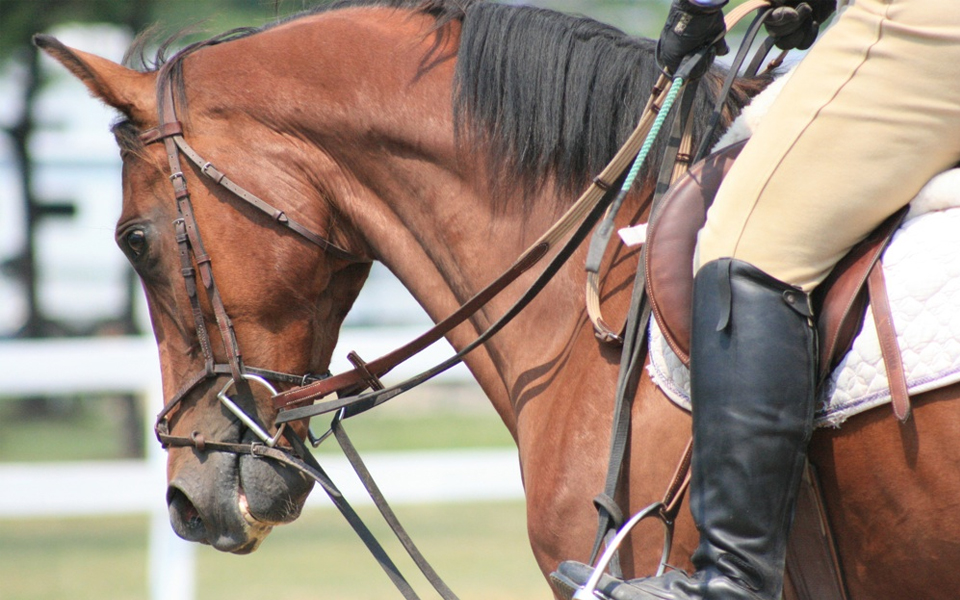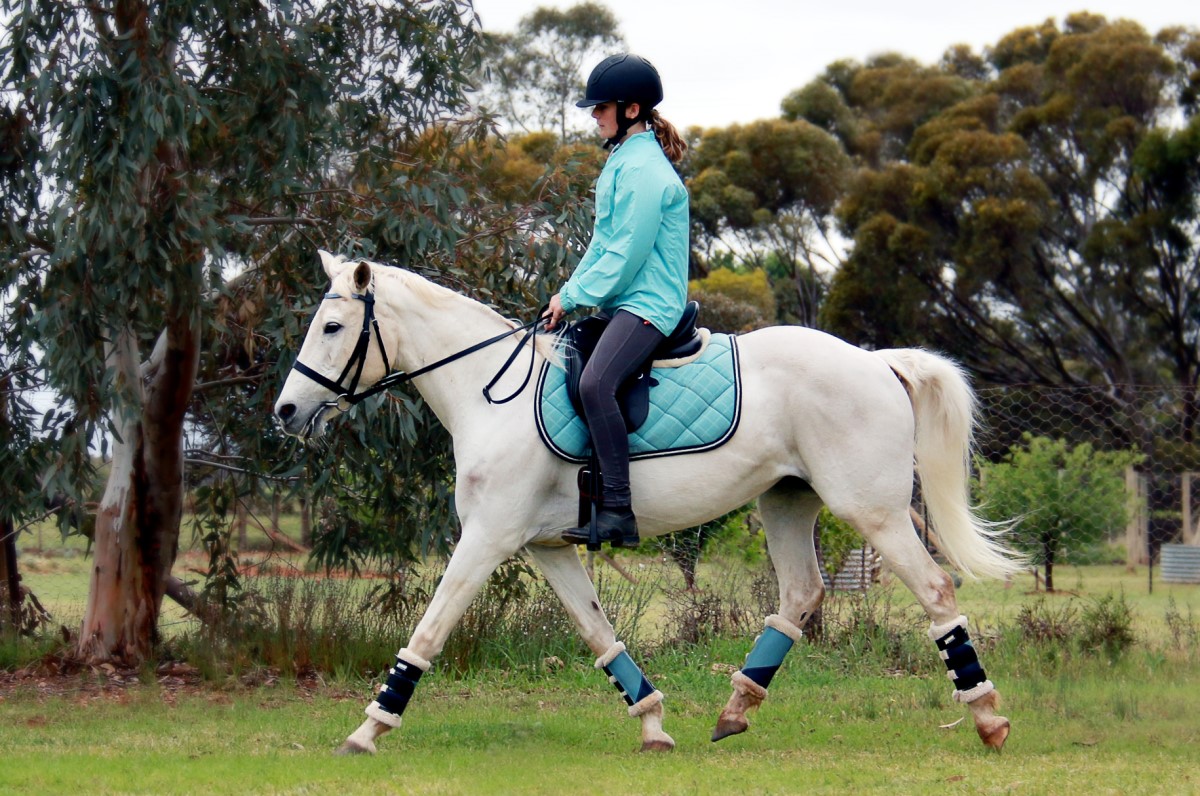For many equestrian enthusiasts, owning the perfect dressage saddle is paramount. The key to achieving this lies in understanding one crucial aspect: how to measure the gullet of a dressage saddle. The gullet is an essential part of the saddle that ensures comfort and proper fit for your horse. In this tremendous guide, we will delve into the steps and considerations for measuring the gullet accurately. We aim to equip you with the knowledge necessary for a well-fitted saddle, ensuring both you and your horse are comfortable and delighted.
The gullet of the saddle plays a vital role in distributing the rider’s weight along the horse’s back, preventing pressure points and discomfort. It’s here that an accurate measurement becomes crucial. Understanding the gullet’s width and how it affects saddle fit helps ensure the horse’s back is free from undue strain and pain.

Understanding the Gullet and Its Importance
What is the Gullet?
The gullet is the space within the saddle tree that sits over the horse’s spine. It runs from the front of the saddle (the pommel) to the back (the cantle), providing an arch that protects the horse’s spine from pressure. A properly measured gullet ensures the tree rests on the muscles on either side of the spine, aiding comfort and performance.
The Role of the Gullet in Saddle Fit
A correct gullet measurement is essential for optimal saddle fit. It not only ensures the rider’s weight is distributed evenly but also prevents the saddle from pinching or pressing on the horse’s spine, thus avoiding pain and discomfort. Ensuring your saddle has a well-fitted gullet can be a game-changer in your equestrian pursuits.

Steps to Measure the Gullet of a Dressage Saddle
Step 1: Gather Your Tools
To measure the gullet, you will need a flexible measuring tape, a carpenter’s ruler, and a pen and paper to record the measurements. Having these tools ready will facilitate an accurate and smooth measurement process.
Step 2: Position the Saddle
Place the dressage saddle on a saddle stand or a flat surface. Ensure the saddle is stable and well-positioned, with the pommel and cantle level. This positioning is crucial to obtain an accurate gullet measurement.
Step 3: Measure the Width
Using the flexible measuring tape, measure the width of the gullet at the front (pommel) where it is the widest. This is often from one concho to the other or from one side of the saddle tree to the other. Record this measurement carefully.
Step 4: Measure the Angle
Next, measure the angle of the gullet. This involves measuring the slope of the saddle tree from the pommel down towards the cantle. A carpenter’s ruler can be particularly useful here. Accurate measurement of the angle ensures the saddle’s tree fits well along the horse’s back.
Step 5: Cross-verify with another Saddle
Compare these measurements with another well-fitted dressage saddle. This comparison helps to cross-verify the accuracy of your measurements and provides a reference point for future fittings. Also, similar information can be found here.

Factors Influencing Gullet Size
Horse’s Conformation
The horses conformation, including the shape and width of the shoulders and back, significantly influences the required gullet size. Understanding your horse’s unique build helps in selecting a saddle with an appropriately sized gullet.
Type and Discipline of Horse Riding
Different types of riding disciplines may call for varying gullet sizes. For instance, a dressage saddle may require a different gullet width compared to a jumping saddle. Ensure the saddle suits the specific needs of your riding discipline.

Common Mistakes to Avoid
Incorrect Positioning of the Saddle
Incorrectly positioning the saddle during measurement can lead to inaccurate gullet measurements. Always ensure the saddle is level and stable before taking any measurements.
Using Inaccurate Measuring Tools
Using improper tools such as inflexible rulers or tapes can result in faulty measurements. Ensure you use a flexible measuring tape and a carpenter’s ruler for the most accurate results.
Benefits of a Well-Fitted Gullet
Enhances Horse Comfort and Performance
A well-fitted gullet is vital for your horse’s comfort, reducing the risk of pressure points and promoting better performance. A comfortable horse is more likely to perform better and respond more positively to riding commands.
Ensures Rider Safety
A properly fitted saddle, particularly with an accurate gullet measurement, contributes to overall rider safety. It ensures you remain balanced and secure in the saddle, reducing the risk of accidents and injuries.
Troubleshooting Saddle Fit Issues
Signs of a Poorly Fitted Saddle
Some signs that indicate a poorly fitted saddle include uneven sweat patterns on the horse’s back, resistance to being saddled, and behavioral issues during riding. Recognizing these signs early helps to address any fitting issues promptly.
Seeking Professional Assistance
If measuring and fitting the saddle yourself proves challenging, consider seeking the help of a professional saddle fitter. They have the expertise and experience to ensure your saddle fits perfectly.
Regular Check-ups and Adjustments
Importance of Regular Fitting Checks
Regularly checking your saddle fit is essential, as a horse’s body can change over time due to age, fitness level, or weight changes. Periodic checks help in maintaining an optimal fit for continued comfort and performance.
Making Necessary Adjustments
Adjustments to the gullet size or saddle fitting may be necessary over time. Being vigilant and proactive about these adjustments ensures the long-term well-being of your horse and the effectiveness of your saddle.
Conclusion
In conclusion, understanding how to measure the gullet of a dressage saddle is fundamental for ensuring the best fit and comfort for your horse. Using the right tools, techniques, and regular fitting checks, you can achieve a well-fitted saddle that enhances performance and safety. Remaining proactive and attentive to your horses needs is the key to a fruitful equestrian experience.
FAQs
Why is measuring the gullet important?
Measuring the gullet is essential for ensuring the saddle does not cause discomfort or pain to the horse, promoting better performance and rider safety.
Can I measure the gullet myself?
Yes, you can measure the gullet yourself using the right tools and following proper steps. However, seeking professional help ensures accuracy.
How often should I check the saddle fit?
It is recommended to check the saddle fit regularly, especially if there are changes in the horse’s weight, fitness level, or overall condition.
As an Amazon Associate, I earn from qualifying purchases.
For more on saddle care, visit here. Need details on 3-point saddles? Visit here.